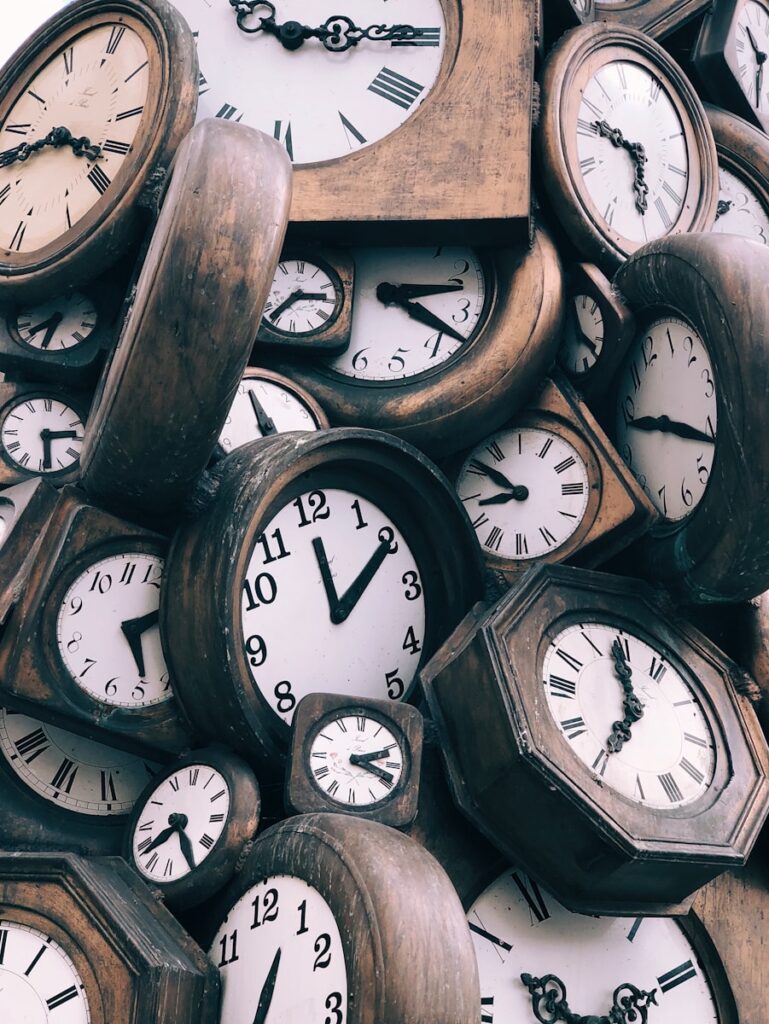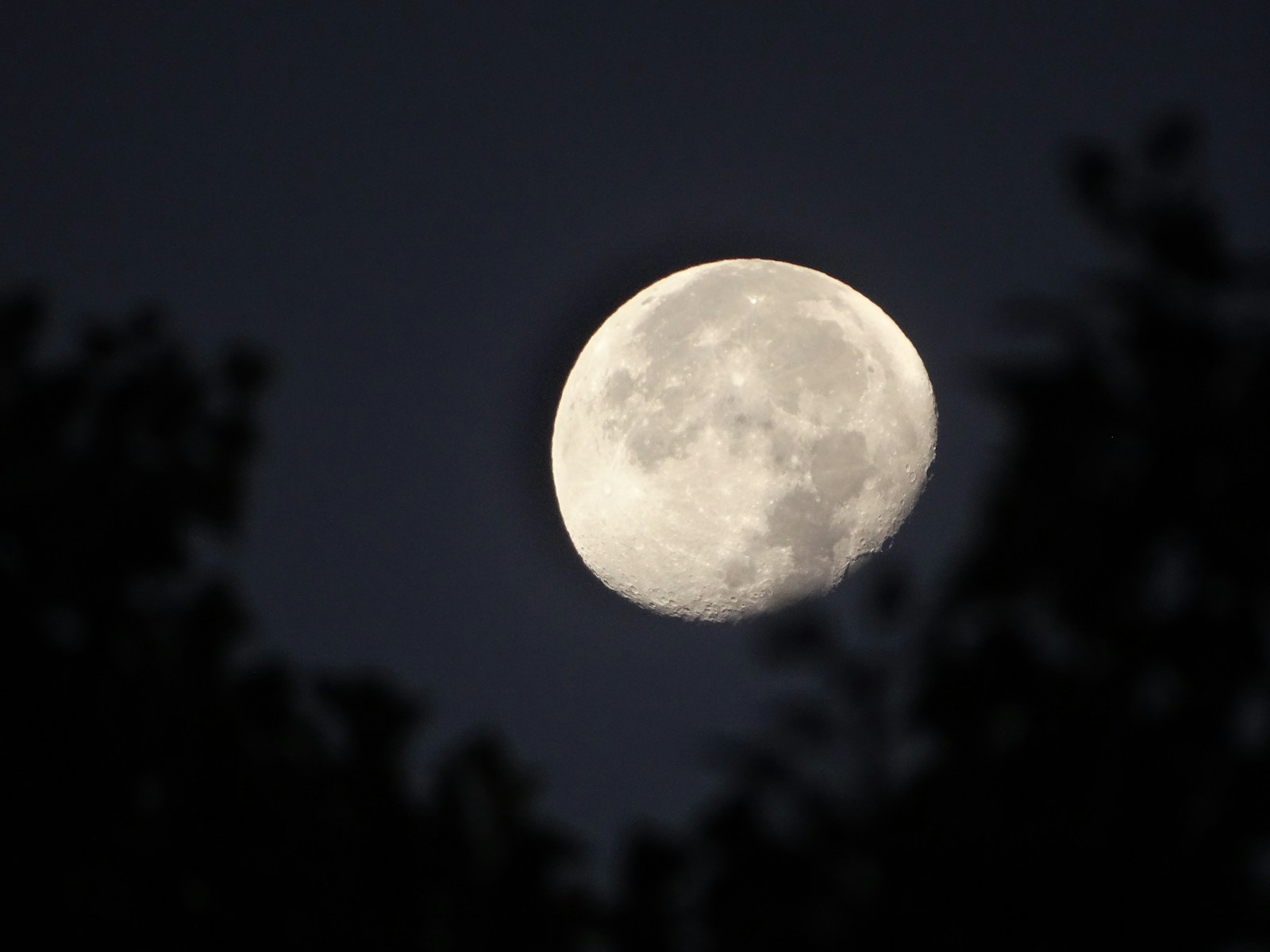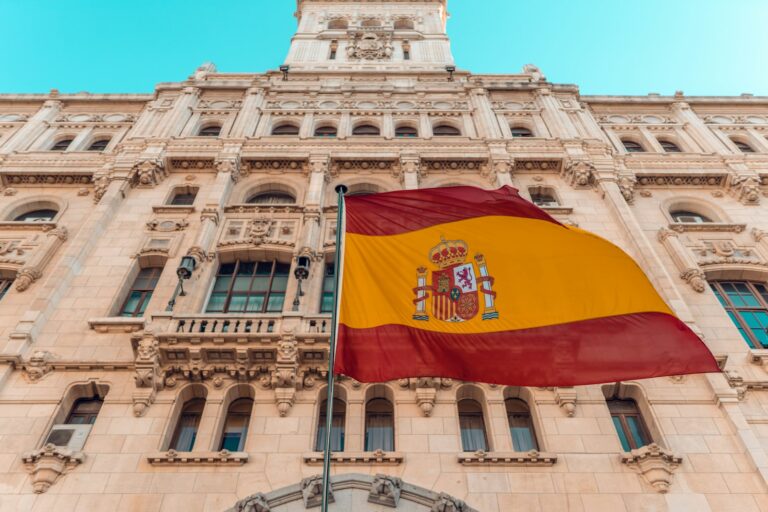How to say “12 AM” in Spanish: A Comprehensive Guide
Imagine you’re on a dream vacation in Spain, sipping sangria under a starry sky. The clock strikes midnight, and you want to tell your new Spanish friends it’s 12 AM. But wait, how do you say that in Spanish? You don’t want to be the tourist fumbling with words while everyone else is having a great time.
The good news is, it’s simpler than you might think. In Spanish, midnight is called “medianoche”. Just like that, you can smoothly join the conversation and impress your friends with your language skills.
Understanding “12 AM” in Spanish
Ever wondered how to express “12 AM” in Spanish? It’s pretty simple and can add a fun twist to your conversations. Let’s jump into the nuances to master this phrase effortlessly.
The Concept of Midnight in Spanish
In Spanish, “12 AM” translates to “medianoche”. It literally means “middle of the night” and aligns perfectly with the notion of midnight. Imagine telling your Spanish-speaking friends you’ll meet them at “medianoche”. It rolls off the tongue nicely, doesn’t it?
Differences Between English and Spanish Time Expressions
When talking about time in English, you might say “It’s 12 AM.” In Spanish, the equivalent is “Son las doce de la noche.” Notice how the phrase translates directly to “It is twelve of the night,” emphasizing the hour’s context. Spanish also uses “la hora” for hours and “y” (and) or “menos” (minus) for minutes, creating a more descriptive experience. Ever heard someone say “Son las tres y cuarto” (It’s 3:15) or “Son las cinco menos diez” (It’s 4:50)?
12-Hour vs. 24-Hour Clock in Spanish-Speaking Countries
In casual chats, you’ll find that Spanish speakers use a 12-hour clock, just like English. So if you mention “las doce de la noche” at a friend’s gathering, you’re right on point. But, formal contexts like official schedules or transport timetables switch to the 24-hour clock. Here, “12 AM” becomes “00:00”. So, next time you’re checking a bus schedule, remember to look for “00:00” when exploring late-night travel plans.
Concept | Informal (12-hour) | Formal (24-hour) |
|---|---|---|
Midnight (12 AM) | “las doce de la noche” | “00:00” |
Essential Spanish Phrases for “12 AM”

Want to master telling time in Spanish? Knowing how to say “12 AM” can be surprisingly fun and useful. Let’s explore some essential phrases together, making your Spanish sound natural and smooth.
“Medianoche”: The Most Common Way
Medianoche is your go-to phrase for saying midnight. It’s simple, familiar, and gets the job done in most informal settings.
Pronunciation Guide for English Speakers
To pronounce medianoche, break it down: meh-dee-ah-NO-cheh. Practice saying it a few times, and you’re all set!
Usage and Context
You’ll hear medianoche in everyday conversations, like planning a late-night meetup or recounting when you went to bed. Imagine texting your friend, “Let’s meet at medianoche for some stargazing.” It’s casual yet precise.
“Las doce de la noche”: A More Formal Alternative
When the situation calls for a bit more formality, las doce de la noche comes in handy. This phrase explicitly states “12 o’clock at night,” perfect for clearer communication.
“Doce en punto de la noche”: Emphasizing Exactness
Sometimes, you need to be exact, and that’s where doce en punto de la noche shines. Whether you’re scheduling a midnight event or setting a deadline, this phrase leaves no room for ambiguity.
“Cero horas”: 24-Hour Clock Version
In formal or technical contexts, cero horas is the term to use. This aligns with the 24-hour clock system, common in official documents and technical fields.
Spanish Phrase | English Translation | Context |
|---|---|---|
Medianoche | Midnight | Informal, everyday use |
Las doce de la noche | 12 o’clock at night | Formal, clear communication |
Doce en punto de la noche | Exactly 12 at night | Precision required |
Cero horas | 00:00 (Midnight) | Formal, technical contexts |
Keep these phrases in your pocket, and you’ll be prepared for any midnight conversation in Spanish.
Using “12 AM” in Spanish Conversations

Ever get confused about saying “12 AM” in Spanish? It’s not just you. Expressing time, especially at that midnight mark, can feel tricky. But don’t worry, we’ve got you covered. Let’s break it down.
Making Plans for Midnight
When planning to meet someone at midnight in Spanish, you’ll use “la medianoche”. Here is the table with the example dialogues and their English translations:
English | Spanish |
|---|---|
“Let’s meet at 12 AM.” | “Vamos a reunirnos a la medianoche.” |
“The concert starts at 12 AM.” | “El concierto empieza a la medianoche.” |
Key Vocabulary for English Speakers
Here are a few key terms to keep in your back pocket:
English | Spanish |
|---|---|
Midnight | La medianoche |
11:59 PM | Las 11:59 de la noche |
12:01 AM | La 12:01 de la mañana |
Describing Events that Occur at 12 AM
Want to tell someone about a midnight happening? Here’s how:
“La fiesta empezó a la medianoche.” (The party started at midnight.)
Telling Time Around Midnight
How to Say “11:59 PM” in Spanish
59 seconds before midnight? That’s “Las 11:59 de la noche”. Whether it’s catching a late-night show or planning to wrap things up just before midnight, this phrase is a must-know.
Expressing “12:01 AM” in Spanish
And when it’s a minute past midnight, you’ll say “La 12:01 de la mañana”. This tiny detail can make a big difference in precise conversations, like setting a start time for a study session or noting the beginning of a new day.
Common Pitfalls for English Speakers
Understanding how to express time in Spanish can be tricky, especially for English speakers. It’s natural to want to translate directly, but that can lead to confusion. Let’s jump into some common pitfalls and how to avoid them.
Avoiding Literal Translations of “AM” and “PM”
Think of how often you say “AM” or “PM.” Translating this directly into Spanish won’t work. Instead of translating “AM” and “PM” into Spanish, use “de la mañana” for morning, “de la tarde” for the afternoon, and “de la noche” for the evening.
Incorrect: 12 AM = 12 de la mañana
Correct: 12 AM = medianoche
Distinguishing Between “12 AM” and “12 PM” in Spanish
In Spanish, 12 AM and 12 PM aren’t said the way we do in English. For midnight, use “medianoche” and for noon, use “mediodía.” This helps eliminate confusion, especially in formal settings.
Incorrect: 12 PM = 12 de la noche
Correct: 12 PM = mediodía
Tip: To precisely express the time, you can also use “doce en punto de la noche” for 12 AM and “doce en punto del día” for 12 PM.
Regional Variations to Be Aware Of
Just like English, Spanish has regional variations. Someone in Mexico might use different phrases than someone in Spain. For instance, in some places, you might hear “cero horas” for 12 AM, particularly in formal contexts or military settings.
Here’s a quick comparison:
Region | Midnight (12 AM) | Noon (12 PM) |
|---|---|---|
Mexico | medianoche | mediodía |
Spain | cero horas | mediodía |
These differences highlight the rich diversity of the Spanish language. Understanding them helps you communicate more clearly and effectively with native speakers worldwide.
Cultural Context of Midnight in Spanish-Speaking Countries

Midnight, or “medianoche”, carries special significance across Spanish-speaking regions. From New Year’s Eve celebrations to traditional beliefs, understanding these cultural contexts can give you more insight into Hispanic traditions.
New Year’s Eve Traditions at 12 AM
New Year’s Eve, Nochevieja, is a big deal in Spanish-speaking countries. Whether you’re in Spain, Mexico, or Argentina, celebrating at medianoche involves unique customs.
Other Significant Events Centered Around Midnight
Medianoche isn’t only crucial on New Year’s Eve. It’s a vital moment in other celebrations and rituals.
Popular Sayings and Expressions About “Medianoche”
How do you express the magic of midnight in Spanish?
Understanding medianoche goes beyond just knowing its translation. It connects you to rich traditions and memorable celebrations in Spanish-speaking cultures.
Conclusion: Mastering “12 AM” in Spanish for English Speakers
Learning how to say “12 AM” in Spanish opens up a world of cultural understanding and richer communication. By grasping the term “medianoche” and its significance, you’re not just learning a new word but embracing traditions and customs that bring people together. Whether it’s celebrating New Year’s Eve with 12 grapes or attending a midnight mass, knowing these cultural nuances can make your interactions more meaningful. So next time you find yourself discussing time with a native Spanish speaker, you’ll be well-prepared to join in the conversation and share in the traditions.
Frequently Asked Questions
How do you express midnight in Spanish?
Midnight in Spanish is expressed as “medianoche.” It marks the transition from one day to another.
How do Spanish speakers refer to 12:00 AM?
Spanish speakers refer to 12:00 AM as “medianoche,” which directly translates to midnight.
How is noon written in Spanish?
Noon is written in Spanish as “mediodía,” which literally means “middle of the day.”
What cultural significance does “medianoche” have in Spanish-speaking countries?
“Medianoche” holds cultural significance in Spanish-speaking countries, especially during New Year’s Eve celebrations, where customs include eating 12 grapes for prosperity.
Are there any other significant events involving “medianoche”?
Yes, “medianoche” is essential in events like Christmas Eve mass and Saint John’s Eve bonfires in Spanish-speaking cultures.
How does understanding “medianoche” enhance communication skills with native Spanish speakers?
Understanding “medianoche” and its cultural contexts can enrich your interactions and deepen your appreciation of traditions in Spanish-speaking communities.






